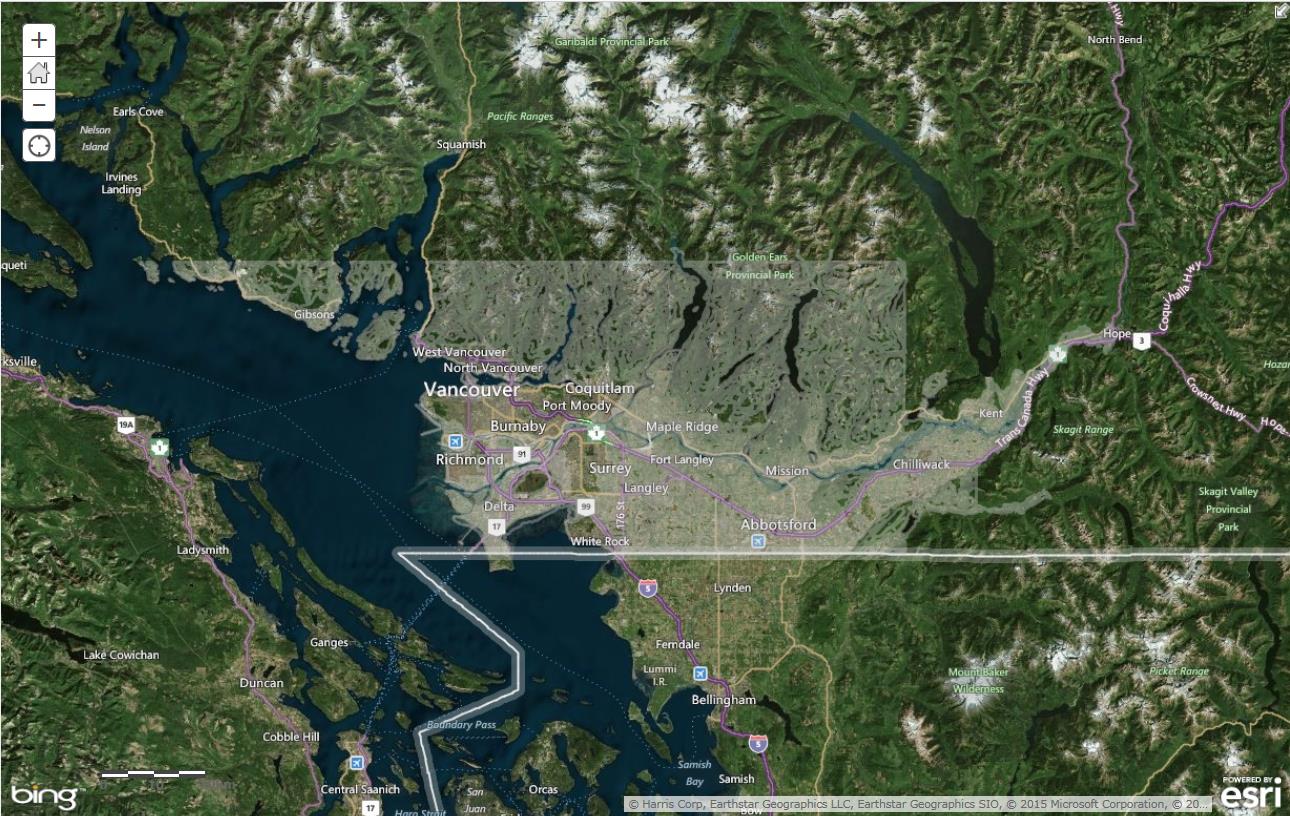Agricultural soil and nutrients
Effective soil management is critical for producing field crops. It begins with knowing basic physical and chemical properties of your soils from soil mapping and classification.
Soil and nutrients for crops
Soil mapping and classification
Knowing about soil at a given location is important for making decisions about land use and management. A variety of factors influence the soil properties at a given location, and the properties influence many aspects of soil and nutrient management.
Soil management
The objective of soil management is to maintain soils in a physical, chemical and biological condition favourable for crop growth, while minimizing the risks to the environment from potential effects of erosion.
Nutrient management
Nutrient management is about supplying crops with the appropriate amount, form, placement, and timing of nutrients (whether as manure, commercial fertilizer, or other nutrient sources) to optimize crop growth and minimize environmental risks.
Soil management for home gardens
Find advice on various topics related to soil management in small lot agriculture:
-
Buying Topsoil (PDF)
![]()
Soil can differ from one end of a field to another. Differences in soil texture, root-restricting layers, drainage, etc. mean that soil management practices will differ, sometimes within short distances on a farm.
Find basic information about the soils and related properties on an interactive map: soil management begins with knowing this information:
- Soil Information Finder Tool
(test version)
Contact information
AgriService BC
Have a question? Call or email and a staff person will assist you.
Telephone: 1 888 221-7141
E-mail: AgriServiceBC@gov.bc.ca

